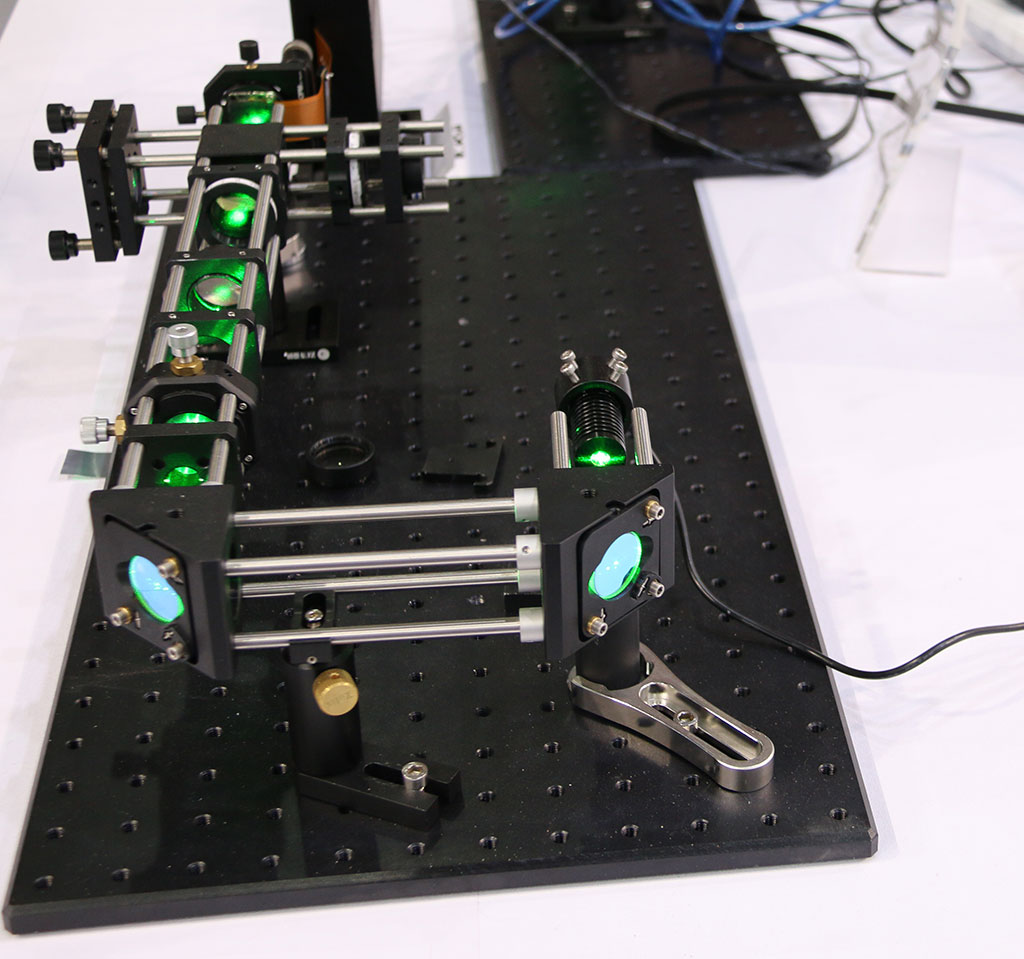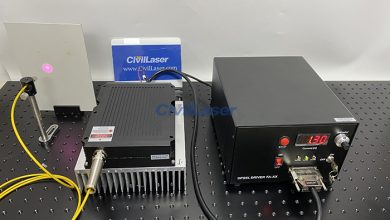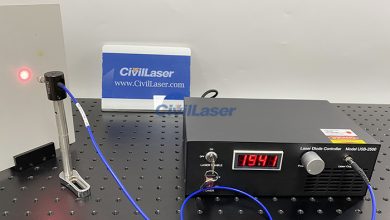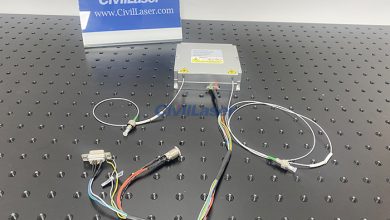Laser NewsLaser TechnologySolid-State laser system
Two breakthroughs in the development of high-power solid-state laser technology in China

Two breakthroughs in the development of high-power solid-state laser technology in China
Abstract: Shortly after the advent of the laser in 1960, famous scientists such as the former Soviet Union Bassoff, the American Nuckolls and my King Suichang, were keenly aware of the ability to create lasers of extremely high power density in the laboratory, generating high temperature and high pressure conditions, and inducing nuclear. Fusion, and independently promoted early laser fusion research in their respective countries. Today, laser-driven inertial confinement fusion (ICF) research has become a major frontier technology field, researching ICF and high energy density science in the laboratory.
Keywords: China, high power, solid, laser technology, development, medium, twice
Soon after the laser was introduced in 1960, famous scientists such as the former Soviet Union Bassoff, the American Nuckolls and my King Professor Suichang were keenly aware of the ability to create lasers of extremely high power density in the laboratory, generating high temperature and high pressure conditions and inducing nuclear fusion. Early independent laser fusion research was promoted independently in their respective countries. Today, laser-driven inertial confinement fusion (ICF) research has become a major frontier technology field, and it is the irreplaceable main technical approach for studying ICF and high energy density science (HEDs) in the laboratory. One of the main technical ways for human beings to create sustainable energy in the future.
ICF realizes the basic physical characteristics of fusion ignition. It uses high-power density energy to heat the combustion target and make it highly compressed to achieve self-sustained combustion of fuel, thus achieving the condition of thermonuclear ignition, the so-called “Lawson criterion”. High-power lasers have significant advantages in terms of ICF driving conditions with precise controllability, but the precise conditions required to achieve the Lawson criterion in the laboratory millimeter airspace and nanosecond time domain scales are not easy. First, it is required to drive the laser pulse with high enough energy and power, and also requires high beam quality, including laser wavelength, high beam quality, high target accuracy, accurate pulse waveform and synchronization accuracy. These technical requirements have pointed out the direction for the research and development of high-power laser technology, and also pose great challenges for the development of high-power solid-state laser devices.
In the 1970s, Prof. Yu Min from the China Academy of Engineering Physics proposed that laser inertial confinement fusion is a very complex and large scientific project involving five aspects of theory, experiment, diagnosis, target and laser driver. The coordinated development of each other, that is, the development thinking of the “five in one.”
At present, the overall level of ICF research and giant laser drivers has become a reflection of a country’s overall national strength, representing the overall level of a country in the field of fusion science and high energy density scientific research. At present, the research of high-power laser technology has gone through a glorious development process. The first-generation technology has become history, the second-generation technology has become the mainstream of development, and the three-generation technology has emerged, indicating the vigorous development of high-power solid-state laser technology.
Since the 1970s, the United States, China, Britain, France, Japan, Russia and other countries have successively built a number of nano-second pulse width bismuth laser devices with energy ranging from 100 joules to tens of kilojoules. In the 1990s, developed countries began to build larger-scale installations, and the development of high-power laser technology entered a new historical period. In the mid-1990s, the American Livermore Laboratory (LLNL) pioneered the development of a new generation of solid-state laser optical materials, unit technology and advanced overall design technology, and launched a multi-billion dollar, 10-year-old science. Engineering, construction of National Ignition (NIF). The French Atomic Energy Commission (CEA) immediately began construction of a mega-joule laser device (LMJ) of similar size to NIF. Russia also plans to launch the world’s most powerful laser system UFL-2M by the end of 2017, which will be used for high energy density physics and energy. Field research.
Ultra-high-powered short-pulse lasers are another important direction for high-power solid-state laser technology. The chirped pulse amplification (CPA) technology developed in the mid-1980s is a new milestone in laser technology. The ultra-short pulse laser technology has rapidly become the focus of various technological powers under the guidance of fusion fast ignition and many cross-cutting disciplines and defense applications. The hot spot, multi-picosecond and femtosecond pulse width of the super-strong laser device has been completed or under development. The Chinese Academy of Sciences has developed the ultra-short and ultra-strong pulse laser device under the technical route in real time.
2 Development history of high-power solid-state laser devices
Professor Wang Yuchang, then vice president of the Chinese Academy of Sciences, proposed in 1964 “Proposal to generate neutrons by using high-energy high-power ejector”, and was awarded the Shanghai Institute of Optics and Fine Mechanics (hereinafter referred to as Shanghai Opto-mechanical Institute). The positive response of scientists such as Deng Ximing, who studied high-power laser technology, and the support of Zhang Jinfu, the leader of the Chinese Academy of Sciences, initially preliminarily developed and gradually formed this far-reaching research field. Since then, China’s high-power laser technology has a clear development direction, Shanghai Optical Machine Institute is the earliest research base, with the strong support of the institute, the Chinese Academy has gradually become a research base of high-power laser technology.
Both China and the United States began research on high-power laser drivers for ICF in the 1960s. As shown in Figure 1, in 1973, both countries have successfully developed laser drivers for ICF technology research. Unfortunately, in the past 10 years of continuous innovation and breakthroughs in laser technology and plasma physics, many reasons have caused this research work in China to lose its important development period. The United States was built in the late 1970s. The Argus device was built in 1978 with a larger Shiva device. In 1982, a more powerful Nova device was built. In the early 1980s, China began the pre-research on large-scale laser devices. At this time, China’s high-power laser technology has fallen behind many in the United States.
Article source: Chinese Physical Society Journal Network


